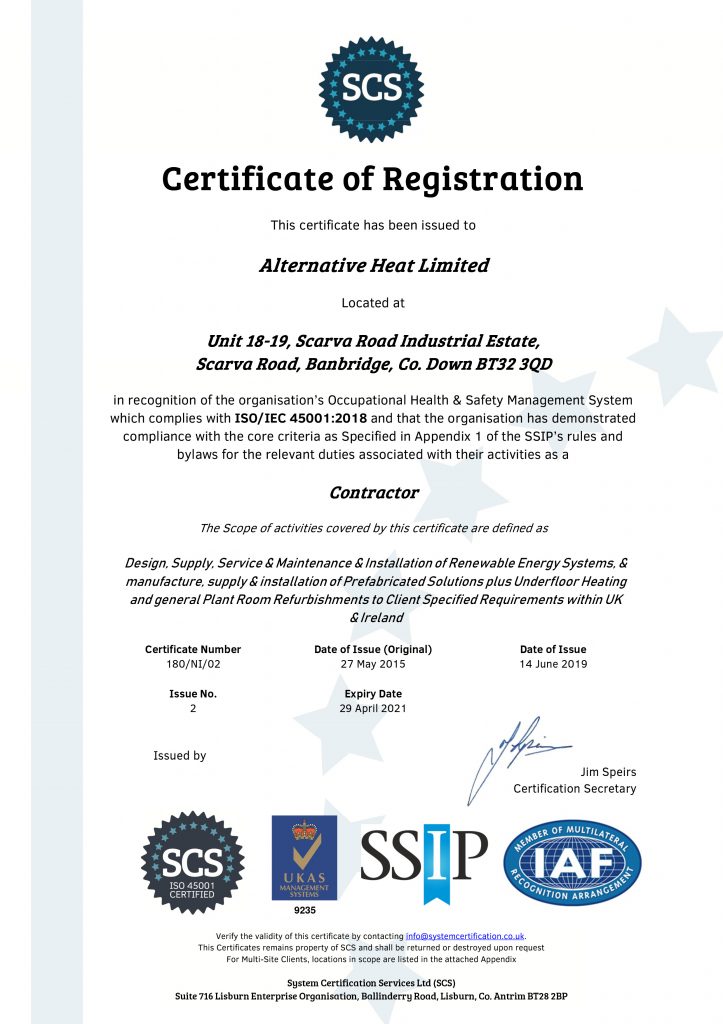Design Standardization is also called as “Design to Standards” that signifies to plan things with large acknowledge, uniform techniques and measurement of materials for manufacturing products.
Advantages of Design Standardization
Product Standardization
It is a strategy in building structure that mean to reduce the quantity of various parts inside a machine. Some advantages of are:
• lower gracefully chain costs
• product stages
• faster product structures
• less assortment of provider, less provider in numbers
• less stock keeping units
• more financial aspects of scale
• less assortment of creation activities
Similarly, Product stages are empowered through:
• standardized parts can be re-used over an item family
• standardized parts can be re-used across item ages
The Product configuration process turns out to be quicker on the grounds that:
• standardized parts can be pulled from a building database
• already normalized parts don’t should be structured once more
Standards
Standards can happen through two different ways
• industry standard setter
• company measures norms
Standardization in Material Administration
Standardization implies delivering most extreme assortment of items from the base assortment of materials, parts, instruments and procedures. It is the way toward setting up guidelines or units of measure by which degree, quality, amount, esteem, execution and so on., might be analyzed and estimated.
Significance or favorable circumstances of Standardization
All the segments of organization will be profited by standardization as referenced beneath.
Advantages to Design Department
1. Fewer particulars, drawings and part list need to arranged and gave.
2. More time is accessible to grow new plan or to improve set up structure.
3. Better asset designation.
4. Less qualified staff can deal with routine plan work.
Advantages to Assembling & Manufacturing Department
1. Lower unit cost.
2. Better quality items.
3. Better techniques and tooling.
4. Increased compatibility of parts.
5. Better usage of labor and gear.
6. Accurate conveyance dates.
7. Better administrations of creation control, stock control, buying, and so forth.
8. More successful preparing.
Advantages to Marketing Department
1. Better quality results of demonstrated plan at sensible cost prompts more noteworthy deals volume.
2. Increased edge of benefit.
3. Better item conveyance.
4. Easy accessibility of deals part.
5. Less deals weight of after-deals administrations.
Advantages to Production Planning Department
1. Scope for improved strategies, procedures and designs.
2. Opportunities for increasingly proficient apparatus plan.
3. Better asset designation.
4. Reduction in per-creation exercises.
Advantages to Production Control Department
1. Well demonstrated structure and techniques improve arranging and control.
2. Accurate conveyance guarantees.
3. Fewer postponements emerge from hanging tight for materials, apparatuses, and so forth.
4. Follow-up of little groups expends less time.
Advantages to Buy and Stock Control Department
1. Holding of supply of standard things prompts less administrative work and less orders and requests.
2. Storage and part area can be improved.
3. Newer methods can be utilized for better control of stocks.
4. Because of huge buy amounts included, positive buy agreements can be made.
Advantages to Quality Control Department
1. Better investigation and quality control is conceivable.
2. Quality gauges can be characterized all the more plainly.
3. Operators become acquainted with the work and produce employments of predictable quality.
Some Other Advantages of Standardization
1. Work investigation area is profited with productive separate of tasks and powerful work estimation.
2. Costing can get better control by introducing standard costing.
3. More time is accessible to the administrators to make helpful records and save measurements.
4. Reduced decreases and scrap.
5. Helps administrators to run his area of expertise proficiently and successfully.
Disadvantages of Standardization
Following are the disadvantages of Standardization:
1. Reduction in decision as a result of decreased assortment and subsequently loss of business or client.
2. Standard once set, oppose change and subsequently standardization may turn into an impediment to advance.
3. It will in general kindness just enormous organizations.
4. It turns out to be extremely hard to present new models as a result of less adaptable creation offices and because of significant expense of particular creation gear.
The Worldwide Association for Standardization is a global standard-setting body made out of agents from different national measures associations.
Established on 23 February 1947, the association advances overall restrictive, modern and business guidelines. It is headquartered in Geneva, Switzerland, and works in 164 nations.
It was one of the principal associations conceded general consultative status with the Assembled Countries Monetary and Social Board.
The Universal Association for Standardization is a free, non-legislative association, the individuals from which are the gauges associations of the 164 part nations. It is the world’s biggest engineer of deliberate global measures and encourages world exchange by giving basic gauges between countries. More than twenty thousand principles have been set covering everything from fabricated items and innovation to sanitation, horticulture and social insurance.
Utilization of the measures helps in the making of products and services that are protected, solid and of good quality. The measures assist organizations with expanding profitability while limiting blunders and waste. By empowering items from various markets to be straightforwardly looked at, they encourage organizations in entering new markets and aid the improvement of worldwide exchange on a reasonable premise. The principles likewise serve to shield shoppers and the end-clients of items and administrations, guaranteeing that affirmed items adjust to the base guidelines set universally.
The three authority dialects of the ISO are English (with Oxford spelling), French, and Russian.
Structure
ISO is an intentional association whose individuals are perceived experts on guidelines, every one speaking to one nation. Individuals meet yearly at a General Get together to talk about ISO’s vital destinations. The association is composed by a Focal Secretariat situated in Geneva.
A Board with a turning enrollment of 20 part bodies gives direction and administration, including setting the Focal Secretariat’s yearly spending plan.
The Specialized Administration Board is liable for more than 250 specialized advisory groups, who build up the ISO principles.
IEC joint boards of trustees
ISO has framed two joint boards of trustees with the International Electrotechnical Commission (IEC) to create norms and wording in the regions of electrical and electronic related advances.
ISO/IEC JTC 1
ISO/IEC Joint Specialized Board of trustees 1 (JTC 1) was made in 1987 to “develop, keep up, advance and encourage IT measures”, where IT alludes to data innovation.
ISO/IEC JTC 2
ISO/IEC Joint Specialized Board of trustees 2 (JTC 2) was made in 2009 with the end goal of “Standardization in the field of vitality productivity and sustainable power sources”.
Enrollment
Additional data: Nations in the Universal Association for Standardization
ISO part nations with a national principles body and ISO casting a ballot rights.
Journalist individuals (nations without a national measures body).
Endorser individuals (nations with little economies).
ISO has 163 national individuals.
ISO has three enrollment classes:
• Member bodies are national bodies considered the most deleg
ate principles body in every nation. These are the main individuals from ISO that have casting a ballot rights.
• Correspondent individuals are nations that don’t have their own principles association. These individuals are educated about ISO’s work, yet don’t take an interest in guidelines declaration.
• Subscriber individuals are nations with little economies. They pay diminished enrollment charges, yet can adhere to the advancement of principles.
Taking an interest individuals are classified “P” individuals, rather than watching individuals, who are designated “O” individuals.








